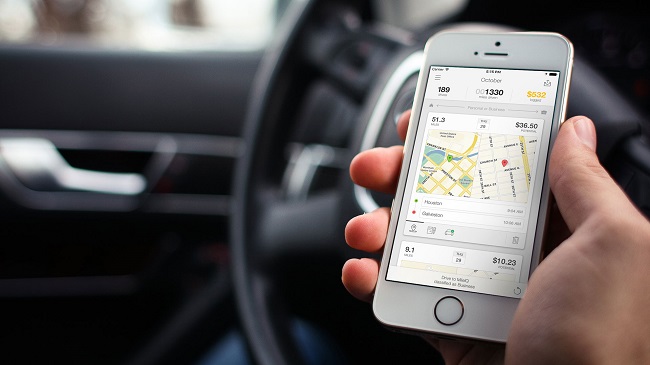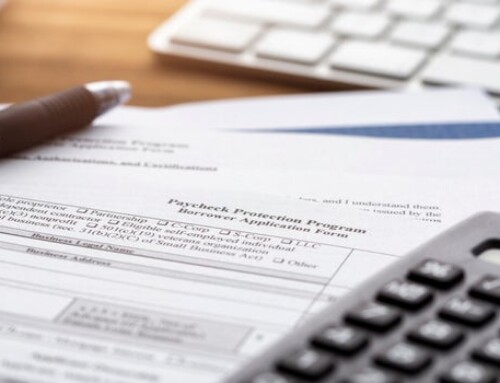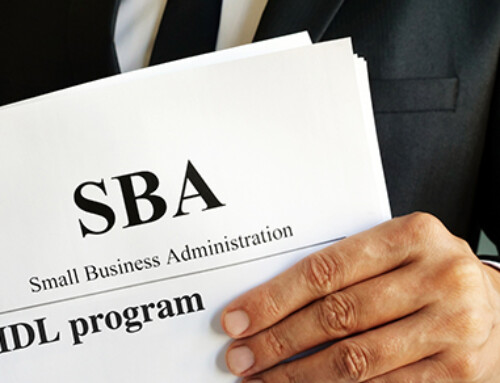When it comes to your tax records, there’s one record that you really should keep, and it’s easily overlooked. It’s the mileage log.
In an IRS audit, the mileage log often creates the first impression of your tax records. Whether you use the IRS mileage rate method or the actual expense method, you need a written record that proves your business percentage of use.
Various records can be used, but the IRS three-month sampling record is the preferred choice for those who know about it. With this method, you keep a mileage log for three months and then apply that three-month business percentage to either:
- the miles you drove for the year (mileage method), or
- the expenses you incurred for the year (actual expense method).
The three months must be consecutive and must represent your driving pattern.
With respect to keeping your mileage log, think (and thank) technology, particularly the GPS. You can find very affordable apps that work with your smartphone, such as Mileage Expense Log, Mile IQ, and Trip Log. These apps track where you go and where you stop, and that takes away a big part of the record-keeping hassle.
If you drive more than one vehicle for business, you may want to avoid the smartphone apps and use a separate mileage tracker in each vehicle. Separate mileage trackers are devices that plug into the vehicle and don’t use your smartphone.
Technology can track your mileage and your stops, but you need a little more. Make sure you also add the business reason for the stops. This takes a few minutes, but it’s critical. Don’t skip this step.
We’re happy to help you with your mileage log. If you would like our help, please call us to get this set up properly.





